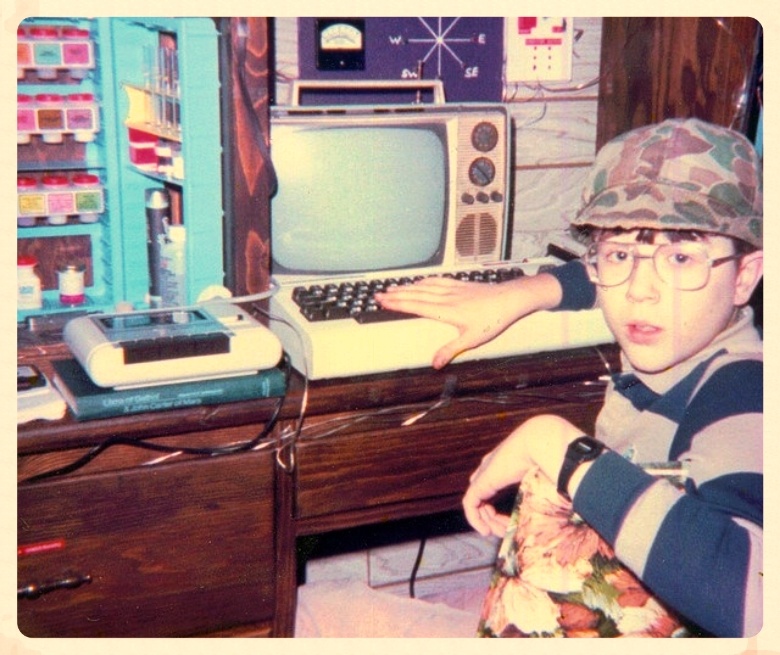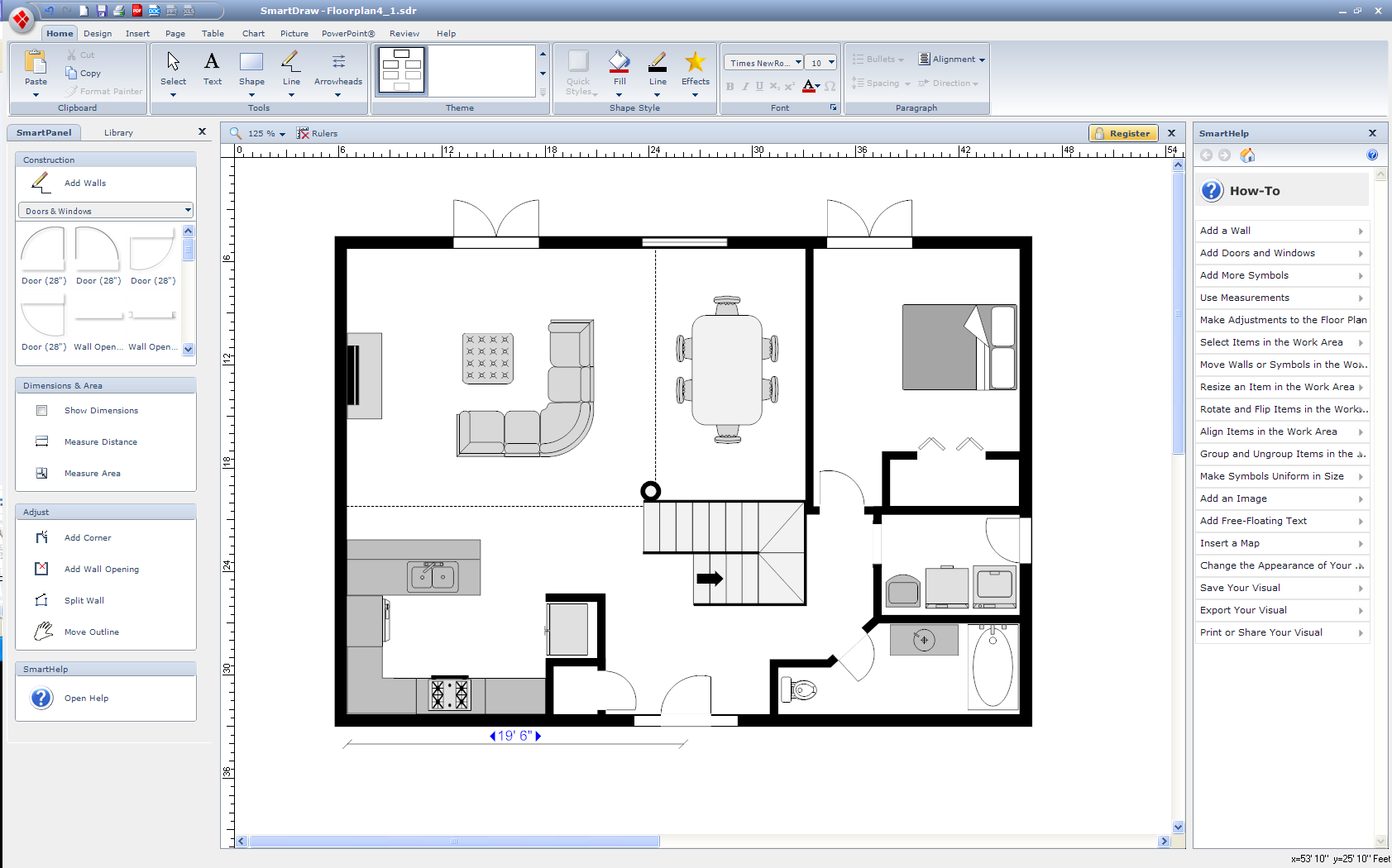
Designing a convention booth may seem like a daunting task especially if it is your first time attempting it. Fortunately, the industry leaders have developed some intuitive, beginner-friendly software to help you along. Here are a few of the more popular software programs for designing a convention booth.
Smartdraw

Expand DiplayBuilder

Though it includes fewer “bells and whistles” than the other products on this list, DisplayBuilder is easy to learn and quite capable of producing excellent trade show booth designs as well as associated sales presentations. This program is probably best for those that are a little more technological savvy than the other two. Just keep in mind you are slightly limiting yourself to using only expand brand display components and frames.
Exhibit Core
Developed as a sales tool, this program lets you start from scratch or with a variety of pre-made templates. Start with a floor plan if have multiple rooms at the event and then build 3D models of each booth. Afterward, you can upload your models to the ExhibitCore Floor Planner section of their website. You can then share the designs with whomever you decide.
Again, this will get you closer to a professional 3D rendering but not a completely custom booth with full branding and little details. Looking to add merchandise, mannequins, props or other products? It’s going to take a little bit more experience.
Sketchup

A Final Note
While these software tools do make the process of convention booth design significantly easier, it is still somewhat of a challenge to get it just right. Instead, if you would like to go the easier route, grab a pen and some paper, sketch out a rough design and then turn to a professional in the industry. Most are intimately familiar with the design process and can one turned out for you in far less time and with far less aggravation than by doing it yourself.
